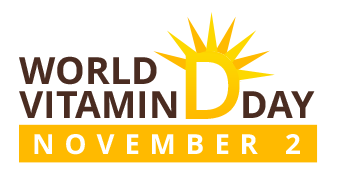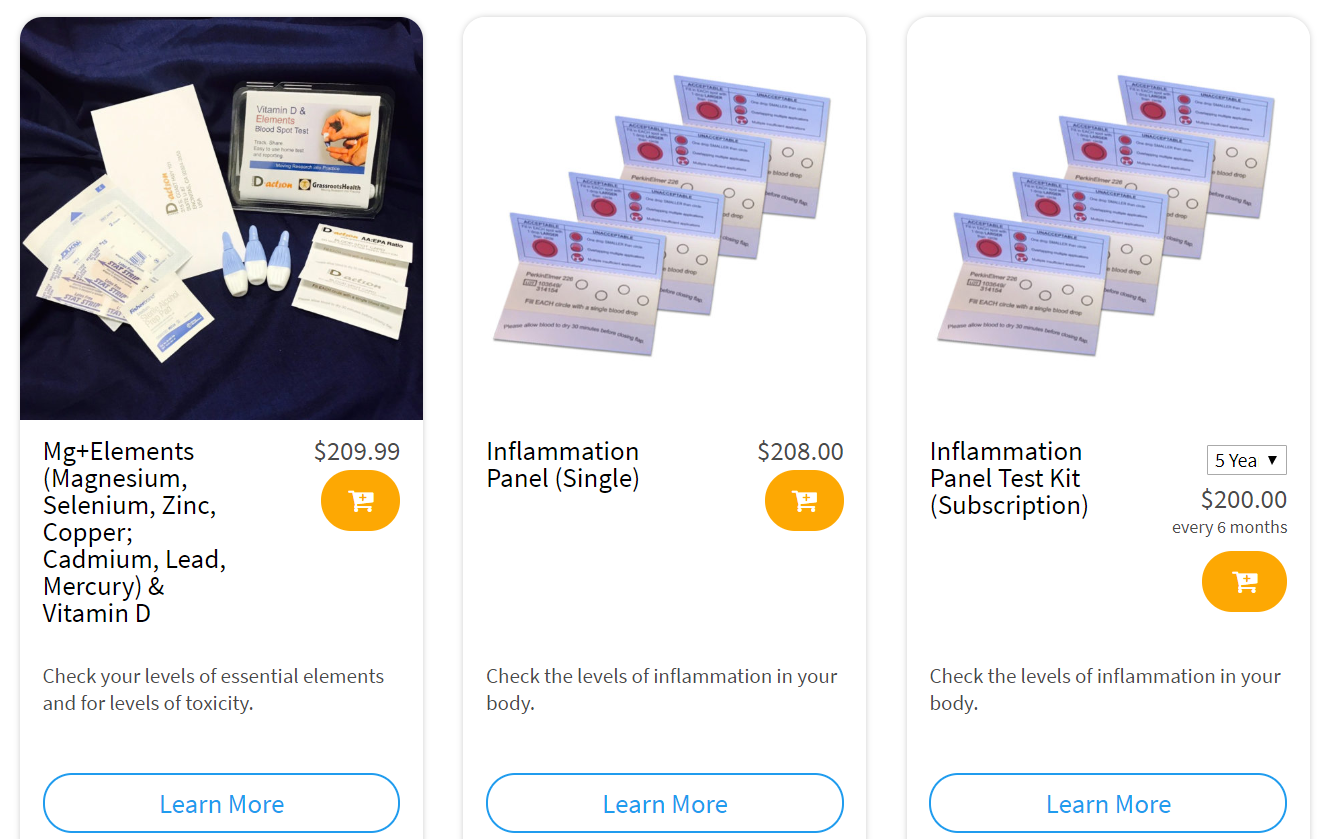 TORONTO, Ont (October 25, 2019) – People around the world are losing their battle against vitamin D deficiency and more and more are becoming vitamin D deficient. It’s estimated that more than 1 billion people have low vitamin D levels in the world. This occurs because we are living, working, and spending more time indoors than ever before. We are now told to apply sunscreens every day, year round, which if applied properly prevents vitamin D production. Up to 90% of your vitamin D comes from sunlight. Without unprotected sun exposure (when the UV Index is above 3 and your shadow shorter than you are) we cannot make vitamin D naturally in our skin. Vitamin D levels drop rapidly as the sun becomes weaker in the autumn. This is why we celebrate World Vitamin D Day every November 2nd. We want to warn you that you are probably Vitamin D deficient or insufficient right now. People need to take action to increase their vitamin D intake. It’s time to STOP vitamin D deficiency and take back your health!
TORONTO, Ont (October 25, 2019) – People around the world are losing their battle against vitamin D deficiency and more and more are becoming vitamin D deficient. It’s estimated that more than 1 billion people have low vitamin D levels in the world. This occurs because we are living, working, and spending more time indoors than ever before. We are now told to apply sunscreens every day, year round, which if applied properly prevents vitamin D production. Up to 90% of your vitamin D comes from sunlight. Without unprotected sun exposure (when the UV Index is above 3 and your shadow shorter than you are) we cannot make vitamin D naturally in our skin. Vitamin D levels drop rapidly as the sun becomes weaker in the autumn. This is why we celebrate World Vitamin D Day every November 2nd. We want to warn you that you are probably Vitamin D deficient or insufficient right now. People need to take action to increase their vitamin D intake. It’s time to STOP vitamin D deficiency and take back your health!
This is the 10th year of celebrating World Vitamin D Day on November 2nd as part of Novembers Vitamin D Awareness month to highlight peoples plunging vitamin D levels. This is a day for you to evaluate your vitamin D intake and take action to prevent deficiency since outdoor sunlight is now too weak to make vitamin D naturally in your skin at latitudes above 37°. Optimal vitamin D is needed throughout the winter to protect your health. A new World Vitamin D Day website has been developed to help inform people on the importance of maintaining optimal vitamin D blood levels of between 100-150 nmol/L (40-60 ng/ml USA). Please consider sending out one of the new social media shareables to your friends, family and loved ones on your social network to help promote vitamin D health. Remember to include the special hashtag #WorldVitaminDDay.
Why does vitamin D matter? It matters because Vitamin D helps reduce your risk of cancers, autoimmune diseases, heart problems, strengthens your bones and muscles, and helps you live longer.
“Mortality is the most important clinical outcome. Maintaining optimal vitamin D blood levels of 100-150 nmol/L (40-60 ng/ml USA) may increase your life expectancy by 2 years.” Dr. William B. Grant
How does vitamin D do all that? Research has found that optimal vitamin D levels reduces your risk of many major diseases. Vitamin D controls the switches that guide cellular life in your body. Vitamin D tells your genes and DNA what to do.
To STOP Vitamin D Deficiency, adults will need a vitamin D intake of approximately 4,000 IU or 100 mcg a day to reach the optimal blood levels of vitamin D of between 100-150 nmol/L ( 40-60 ng/ml USA). According to Statistics Canada, 93% of Canadians do not meet this level and are therefore deficient.
To increase your vitamin D intake through the winter when sunshine is diminished and the UV index is below 3, consider using indoor sources such as UVB emitting sunbeds or sunlamps as a surrogate for summer sunshine. You can also try and eat more fatty fish in your diet such as salmon or take a daily D3 supplement of up to 4000 IU or 100 mcg/day (adults).
“Vitamin D made in the skin lasts at least twice as long in the blood as vitamin D ingested from the diet. When you are exposed to sunlight, you make not only vitamin D but also at least five and up to ten additional photoproducts that you would never get from dietary sources or from a supplement.” Dr. Michael F. Holick
To find out if you are vitamin D deficient ask your doctor for a 25(OH)D blood test. Another option is to purchase a vitamin D home test kit. Remember to always get your score and compare it with the level recommended by an expert panel of 48 vitamin D scientists and their consensus called D*action. It recommends that everyone, all ages,
maintain a vitamin D blood level of between 100-150 nmol/L (40-60 ng/ml USA) for best overall health and wellness.
“Your personal health requires your guidance for disease prevention. Be proactive. Don’t wait until you have a disease only to discover that you may have prevented it with optimal vitamin D levels, says Perry Holman, Executive Director for the Vitamin D Society. “Please STOP vitamin D deficiency.”
For more information on World Vitamin D Day on November 2nd, visit our new website and help take action to STOP vitamin D deficiency.
We have developed a number of social media shareables and encourage you to help us communicate the vitamin D message to the world on November 2nd using the hashtag #WorldVitaminDDay
About the Vitamin D Society:
The Vitamin D Society is a Canadian non-profit group organized to increase awareness of the many health conditions strongly linked to vitamin D deficiency; encourage people to be proactive in protecting their health and have their vitamin D levels tested annually; and help fund valuable vitamin D research. The Vitamin D Society recommends people achieve and maintain optimal 25(OH)D blood levels between 100 – 150 nmol/L (Can) or 40-60 ng/ml (USA).
To learn more about vitamin D, please visit www.vitamindsociety.org
***
For more information, please contact:
Perry Holman, Vitamin D Society, 877-520-4867
[email protected]
Are you concerned that your vitamin D levels may not be where they should be?
Make sure you know your vitamin D level, and take steps to keep it within a target of 40-60 ng/ml or 100-150 nmol/L! Through GrassrootsHealth Nutrient Research Institute, you can also test your omega-3 levels, inflammation levels and levels of essential nutrients and toxins. Find out your levels today! Log on to the shop (click the link below) to get your tests and see for yourself if your level can be improved.
Make sure you track your results before and after, about every 6 months!
Click Here to Access the Shop Page
How can I track my nutrient intake and levels over time?
To help you track your supplement use and nutrient levels, GrassrootsHealth has created an online tracking system called myData-myAnswers. For each specific supplement, you can track what days you take it, how much, and many other details. This will help you know your true supplemental intake and what patterns of use work for you to reach and maintain optimum nutrient levels. Check it out today!

